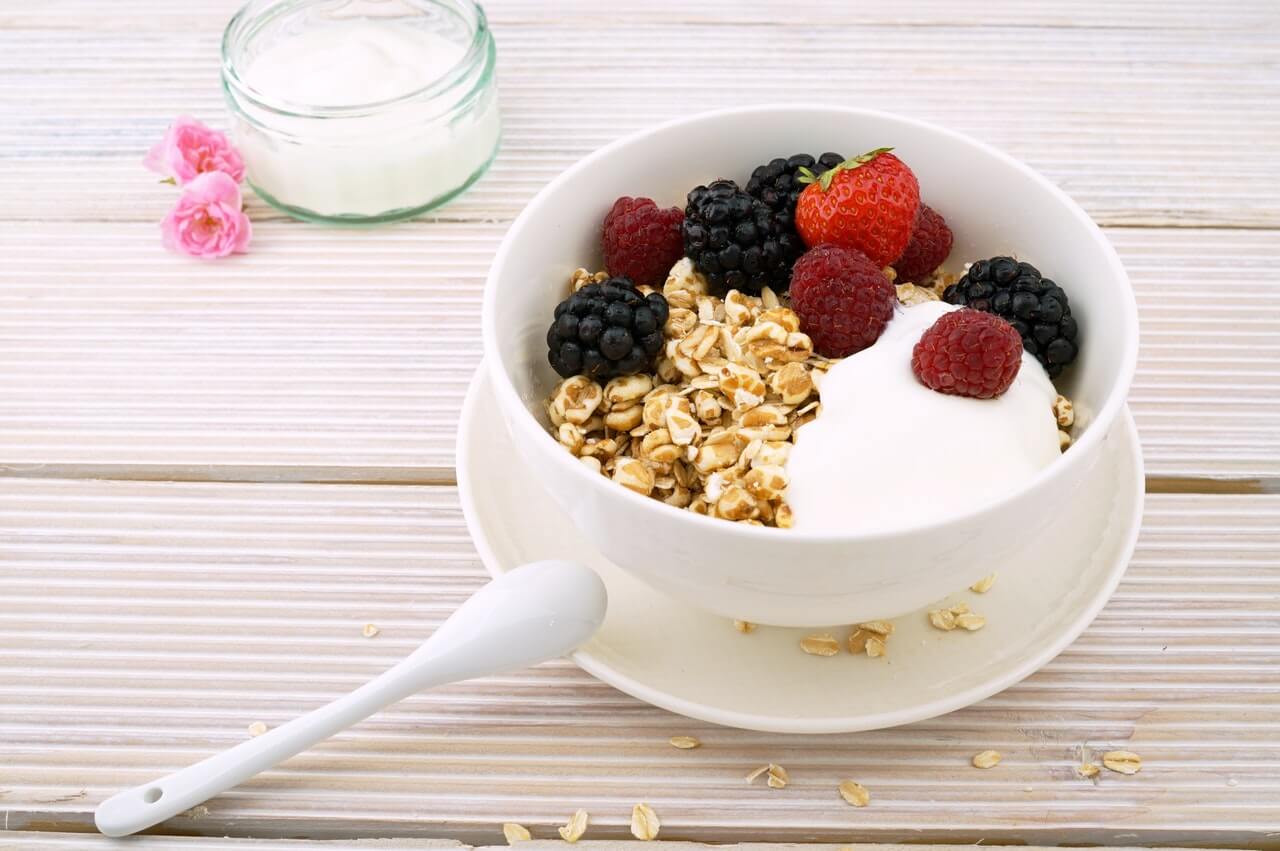How Much Probiotics Should You Take A Day?
You buy a probiotic supplement, look at the back of the package and read the label. One capsule contains 10 billion bacteria and the serving size is 1 capsule a day. Are 10 billion bacteria enough for the desired outcome? Do they reach your gut alive? Can you take more of the recommended dose without side effects? Can you get these bacteria from food instead? (via fermented foods) Let's explore all of this in this post!
Probiotics are measured in CFUs (Colony Forming Units) per serving of food or capsule. CFUs are the number of cells able to grow from a single serving in a petri dish (this peculiar round plate that microbiologist love to use).

How can we tell if ingested probiotics stay alive in the gut to provide health benefits?
For more on the question: do probiotics reach the gut alive? Check out this post.
#1 - Check specific parameters of probiotics
First, a number of experiments are done in the lab in order to examine their potential as probiotics. In these experiments, researchers check the following: acid/bile tolerance, antibiotic resistance, adherence to human intestinal cells, and antibacterial activity.1, 2 Research has shown that the ability to survive in the gut is highly dependent on the strain.3
#2 - Check how many bacteria appear in feces
The longer it takes to find these bacteria, the longer they remain in the gut and the more health benefits they can provide. Many studies have demonstrated that indeed, good bacteria can be found in feces, even after 7-10 days of no probiotic consumption.4, 5, 6, 7, 8, 9, 10, The drawback here is that generally, after stopping the consumption of probiotics, the number of bacteria detected in feces also goes down.
#3 - Check bacterial numbers in intestinal samples
Bacterial presence in feces does not necessarily correlate with their persistence in the gut. The best indicator is by directly taking intestinal samples with an endoscope.
What is the recommended dosage for probiotics?
Currently, there is little guidance on the dosage of probiotics. There are, however, some guidelines:
- To prevent hospital-acquired diarrhea: 109 - 1010 CFU/day of Lactobacillus rhamnosus (LGG®) for 7 days.11
- To cure antibiotic-associated diarrhea in children: 3.108 CFU of spore-forming bacteria, 3 times daily.12
- Overall, it has been suggested that the consumption of 109 - 1010 CFU/day would be necessary to induce an effect on the gut microbiota.13, 14

How much fermented food should you take to get your recommended dosage of probiotics per day?
Luckily for you, there is already some research out there that has quantified the number of probiotics found in foods that we eat daily.
#1 - Commercial yogurts
Several studies have found that commercial yogurts do contain enough probiotics (species Lactobacillus delbrueckii and Streptococcus thermofilus) to confer potential health benefits.15, 16 These amounts, of course, differ between brands. Similar numbers of good bacteria could also be found in frozen yogurts.17
For example, the commercial brand Activia® (Danone) contained between 107 and 108 CFU/ml.18 This means that we would need to eat around 100 g of yogurt a day in order to meet the recommended dose of 109 - 1010 CFU/day. These numbers are pretty easy to achieve since usually there is already 125g in an individual yogurt container.
#2 - Other fermented foods
Microbial counts for sauerkraut generally range from 103 to 108 CFU/g, while Korean kimchi often contains 107 to 108 CFU/g of probiotics. Other fermented foods (kombucha, cheese, olives, kefir, and pickles) were found to contain somewhere between 106 and 109 CFU/g or mL.19
This means that in general, taking 100 g/mL would be sufficient to meet the recommended dose of probiotics.
Here Are My Top Tips To Increase Probiotics In Order To Heal Your Gut!
- Consume at least 100 g/mL per day of fermented foods. It is even better if you consume two different types of probiotic food a day.
- If you buy a probiotic supplement, look for one that contains at least 109 CFU per capsule and take it in the morning on an empty stomach.
- Incorporate raw fermented foods too. Heating may kill bacteria found in these foods.20
- Eat prebiotics. These are very important to keep your good gut bacteria alive. A post with more detailed information will come soon!
Here you have a healthy and tasty yogurt bowl recipe containing both probiotics and prebiotics!

Ingredients
- 200 gr yogurt or kefir
- 1 tbsp cacao powder
- 1/4 cup oats
- 1 tsp honey (optional)
- 1 banana
- 1/2 cup berries
- 1 tbsp pumpkin seeds
- 2 tbsp flax seeds
- 2 tbsp chia seeds
Preparation
Mix the yogurt or kefir, cacao powder, oats, and honey together in a bowl. Then add the rest of the ingredients on top and it is ready to eat! An easy and quick way to have a healthy breakfast or snack.